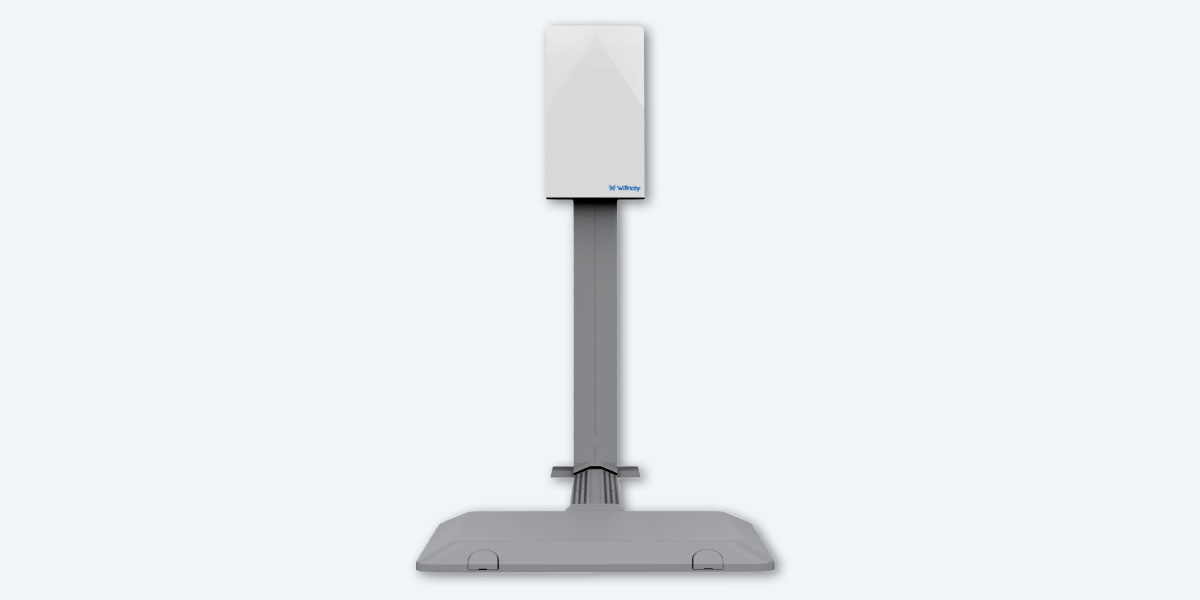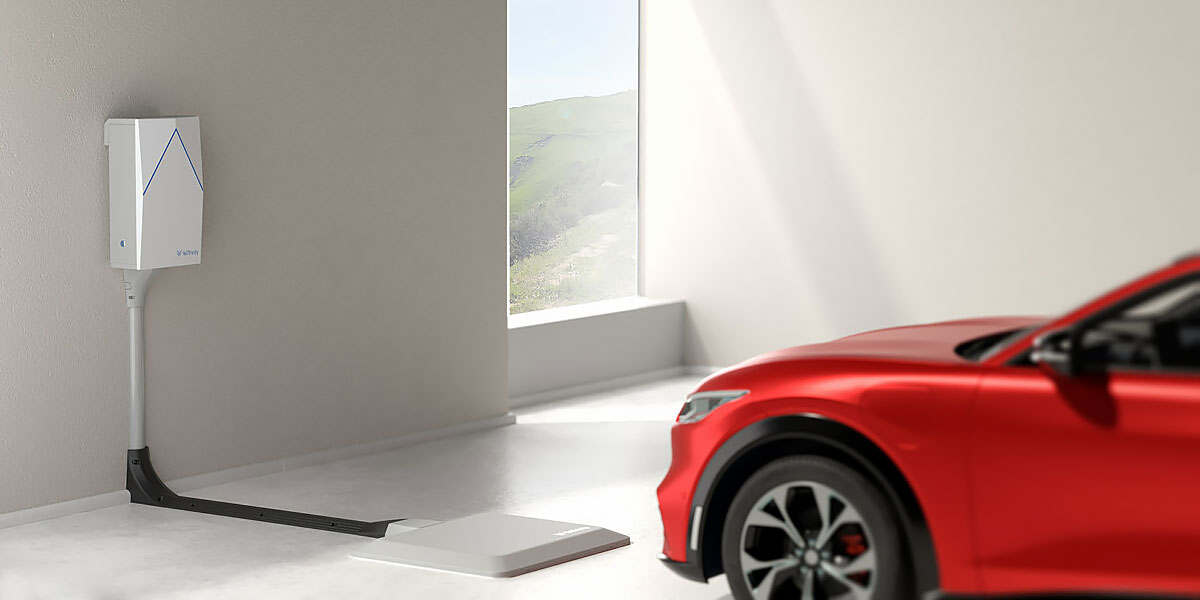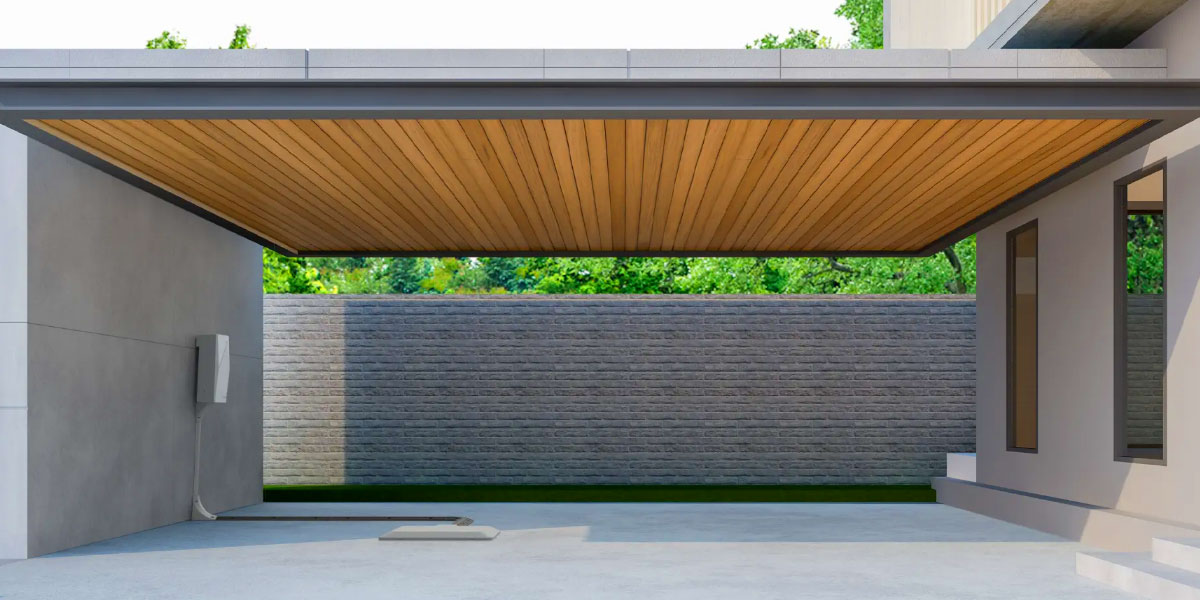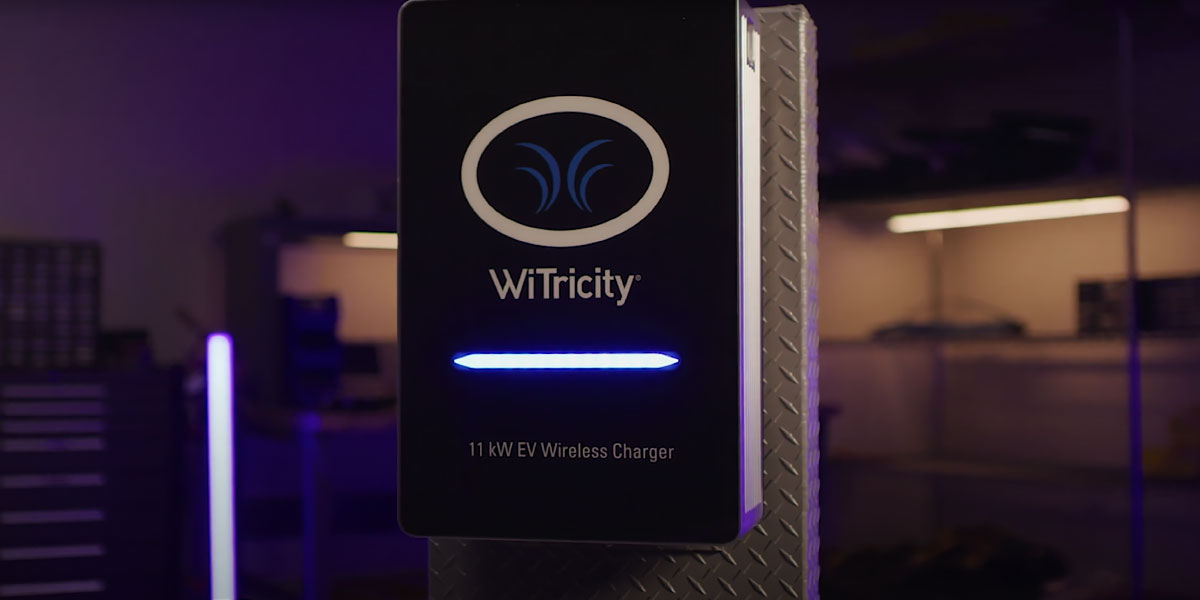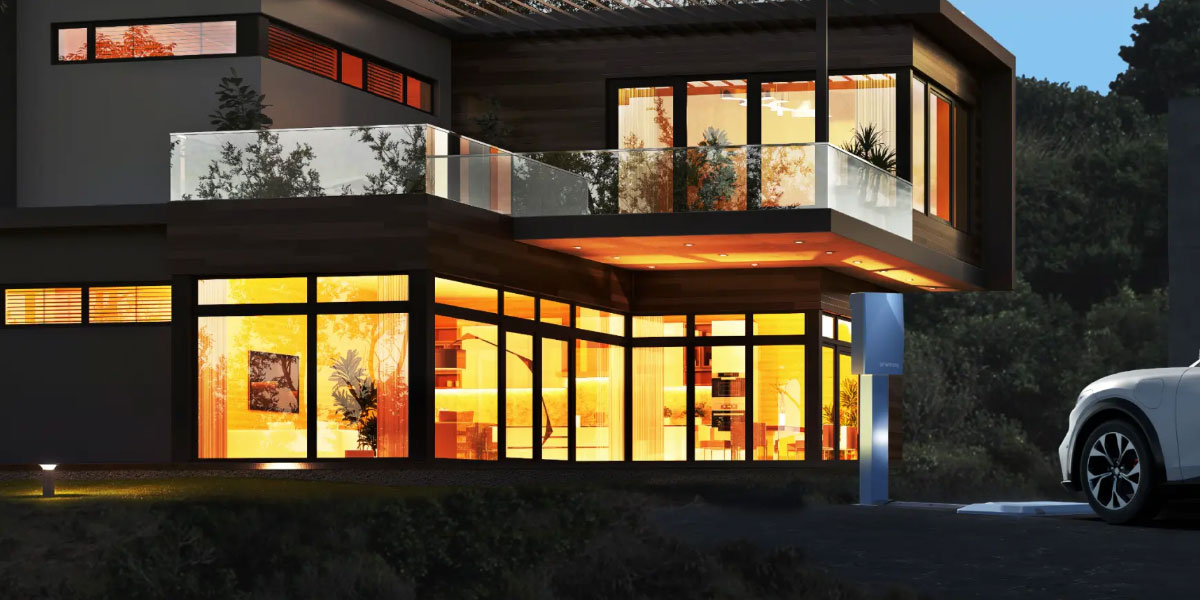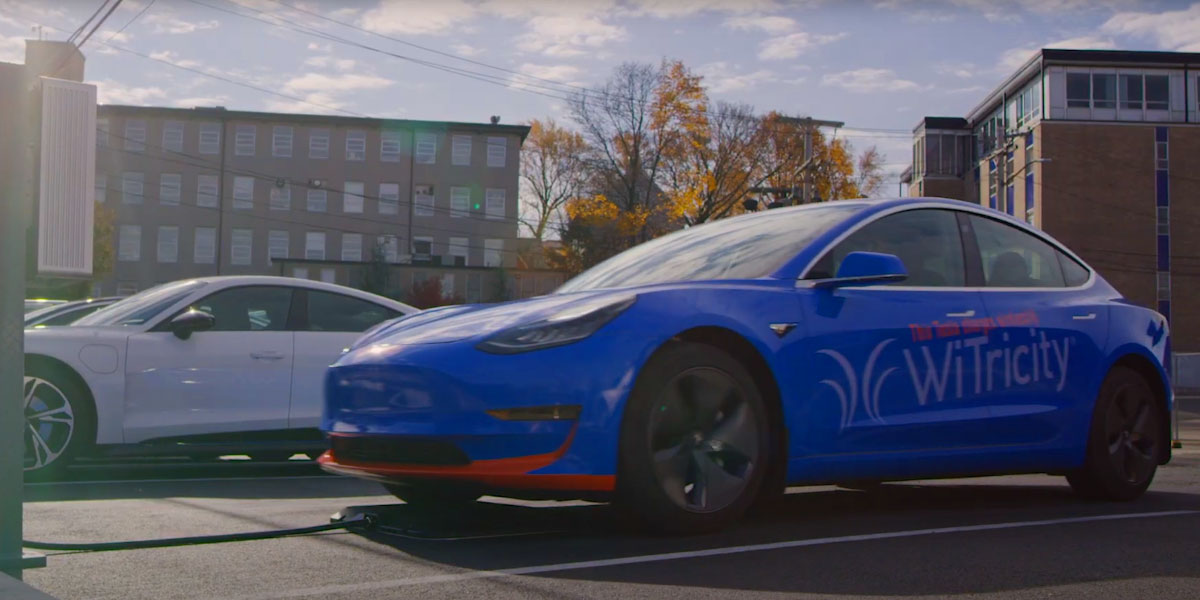WiTricity wireless EV charger
User Rating: 3.87 / 5





What is the WiTricity wireless EV charger?
The WiTricity wireless EV charger delivers 11 kW of magnetic resonance charging with 90-93% efficiency, offering seamless plug-free charging for EVs. Priced at $3,500 (€3,250), it's SAE J2954 compliant and ideal for home, fleet, and autonomous vehicle use.
WiTricity wireless EV charger price:
US$ 3500 *
| manufactured in | USA |
| power (kW) | 11 |
| voltage | 220 |
| connector type | wireless |
| simultaneous charging | 1 |
* Minimum price set by the manufacturer, excluding taxes and additional options
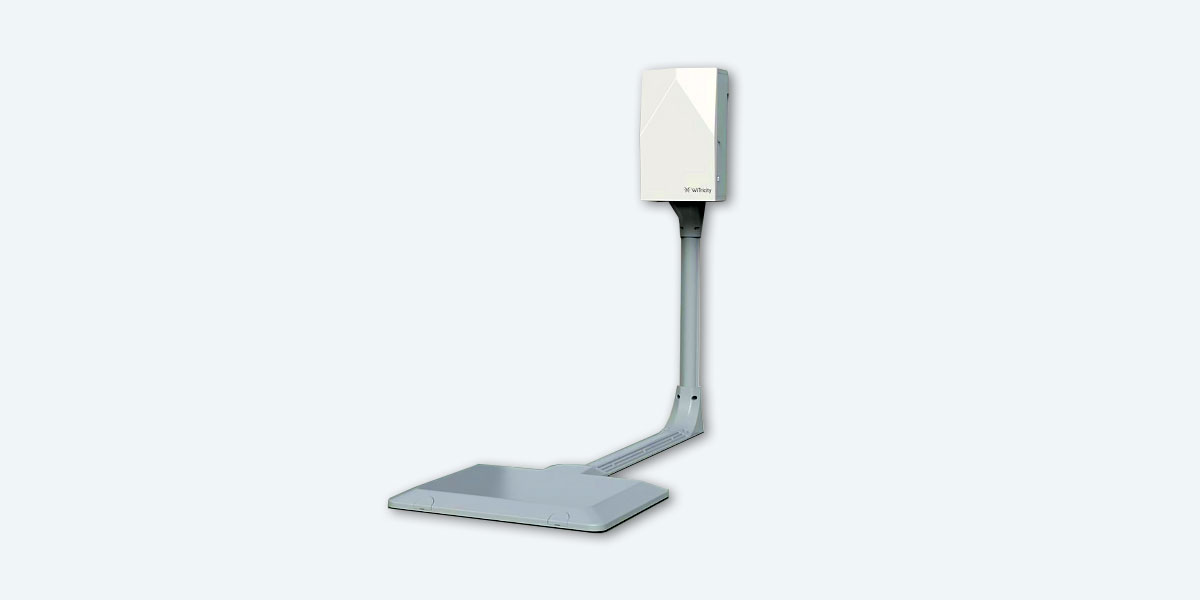
WiTricity wireless EV charger Review
2025 WiTricity Wireless EV Charger: Seamless Charging, No Cables Required
If the future of EV charging means ditching tangled cords and fumbling connectors, the 2025 WiTricity wireless EV charger is already ahead of the curve. Priced at $3,500 (€3,250), this 11 kW charger leverages magnetic resonance tech to deliver fast, reliable Level 2 charging without ever plugging in. Manufactured in the USA, the WiTricity Halo system turns daily EV charging into a simple “park and forget” routine—ideal for home garages, fleet depots, and autonomous vehicle hubs alike.
Design and Installation Details
The WiTricity setup includes a slim ground pad (about 24 x 18 inches) and a compact receiver mounted under the EV. The pad, flush or surface-mounted, blends easily into garages or driveways, avoiding bulky equipment. Installation isn’t DIY—expect professional work with a 220V line and total cost between $3,500 and $4,000. That’s steeper than wired alternatives, but what you gain in convenience and aesthetics might be worth every penny for EV households or fleet operators.
Charging Performance and Efficiency
This wireless charger delivers up to 11 kW of power—enough to add about 35-40 miles (56-64 km) of range per hour, matching the performance of typical wired Level 2 units. Real-world efficiency clocks in at 90-93% from grid to battery, rivaling most plug-in setups. Even in adverse weather—snow, rain, or ice—the charger holds up, delivering consistent power through an air gap up to 18 inches (45.7 cm). A sweet spot guide via dashboard screen or app helps position your EV for optimal alignment.
Technology and Safety Integration
Built on SAE J2954 standards, the WiTricity system ensures future interoperability across brands and models. It includes foreign object detection (for pets, tools, etc.), pacemaker-safe electromagnetic fields, and V2G readiness—turning your EV into a potential grid asset. While DC fast-charging isn't in the cards (11 kW max), for overnight or workplace top-ups, it’s hard to beat the hands-free appeal. For Tesla Cybercab and other autonomous EVs, it’s practically mission-critical.
User Experience and Practical Value
WiTricity’s true value is convenience. Park, walk away, and return to a fully charged vehicle. No cables, no rain-soaked connectors, no bending over. Early users in Korea and the U.S. praise its “set-it-and-forget-it” appeal, though some mention a learning curve when parking over the pad. For families, elderly drivers, and busy professionals, it’s a premium upgrade that makes daily charging effortless—just like WiFi did for internet cables. The lack of DC fast speed is the tradeoff for such simplicity.
Manufacturer: Witricity
Related Video
Comparison:
The WiTricity wireless EV charger takes the hassle out of daily EV charging—no cables, no plugs, just park and power up. But in a world filled with Level 2 chargers and emerging DC fast-charging options, how does this 11 kW wireless setup fare against popular wired systems like the Wallbox Pulsar Plus, ChargePoint Home Flex, Grizzl-E Smart, and JuiceBox 40? Spoiler: it’s not the cheapest, but it’s certainly one of the most futuristic and hands-free.
Power & Charging Speed
The WiTricity system delivers 11 kW through magnetic resonance, equivalent to most wired Level 2 chargers. That means adding roughly 35–40 miles (56–64 km) of range per hour, enough to fully charge an average 75 kWh EV overnight. Wallbox Pulsar Plus and ChargePoint Flex also deliver 11.5 kW on 240V, while the Grizzl-E and JuiceBox 40 offer up to 10–10.4 kW. In terms of speed, WiTricity keeps pace with top-tier wired units—it just does it without the cord clutter.
Efficiency
The WiTricity charger hits 90–93% grid-to-battery efficiency—remarkable for wireless tech and slightly above average for plug-in units, which typically range from 88% to 95%. JuiceBox and ChargePoint are neck-and-neck in lab conditions, but lose a few percentage points when outdoor temps fluctuate. WiTricity’s thermal performance remains stable in all seasons, making it especially viable for garages and snowy driveways alike.
Installation
This is where WiTricity gets pricey. Installed, the full setup can cost $3,500–$4,000. That’s nearly double what you’d spend on a Wallbox Pulsar or Grizzl-E Smart, which land in the $600–$1,000 range before labor. But remember—those require cable handling, wall-mounts, and frequent human interaction. WiTricity’s “drop-and-go” nature justifies its premium in the long run, especially for mobility-limited drivers or high-turnover fleets.
Features & Smart Tech
WiTricity supports SAE J2954 standard compliance, V2G readiness, automatic object detection, and wireless guidance systems. None of the other chargers offer wireless or autonomous-ready features. JuiceBox and ChargePoint feature app control, Alexa integration, and energy tracking, but can’t touch the hands-free aspect. Only WiTricity offers a seamless solution for self-parking EVs, robotaxis, or smart garages.
Price
At $3,500 (€3,250), the WiTricity Halo is steep compared to Grizzl-E Smart ($650 / €590), ChargePoint Home Flex ($699 / €640), JuiceBox 40 ($749 / €680), and Wallbox Pulsar Plus ($699 / €640). But WiTricity’s value lies in labor-saving, daily convenience. If you're tired of wrestling cords or want to future-proof your garage, this is the tech-forward upgrade to consider.
F.A.Q.:
What is the charging power of this wireless EV charger?
The WiTricity wireless EV charger delivers up to 11 kW of power, equivalent to most Level 2 wired chargers, providing around 35–40 miles (56–64 km) of range per hour of charging.
How much does the WiTricity wireless EV charger cost?
The system is priced at approximately $3,500 (€3,250), including installation, making it a premium solution compared to basic wired setups.
How efficient is the charging system?
It operates at 90–93% efficiency, rivaling and sometimes exceeding traditional plug-in Level 2 chargers, thanks to its advanced magnetic resonance technology.
Does it require special installation?
Yes, the system must be professionally installed with a 220–240V connection. It’s not suitable for DIY installation and may cost more depending on site complexity.
How easy is it to use?
Charging starts automatically when the vehicle is parked over the pad. A dashboard or app helps drivers align the vehicle, and once parked correctly, charging is completely hands-free.
Is the system weather-resistant?
Yes, the WiTricity charger works reliably in rain, snow, and temperature extremes. The system's components are sealed and built to handle various outdoor conditions.
What types of vehicles is it compatible with?
It’s designed to meet SAE J2954 standards and is compatible with EVs equipped with a receiver. Many automakers are integrating the tech into upcoming models.
Can it charge multiple vehicles at once?
No, the system is currently limited to charging one vehicle at a time. Fleet operators typically install multiple pads to support simultaneous vehicle charging.
Does it support vehicle-to-grid (V2G) functionality?
Yes, the system is V2G-ready, enabling future capabilities where your EV can feed energy back into the grid or home when needed.
Is this charger suitable for road trips?
No, with a maximum power of 11 kW, it's best for overnight or opportunity charging. It doesn’t match the high-speed capabilities of DC fast chargers used during long-distance travel.

